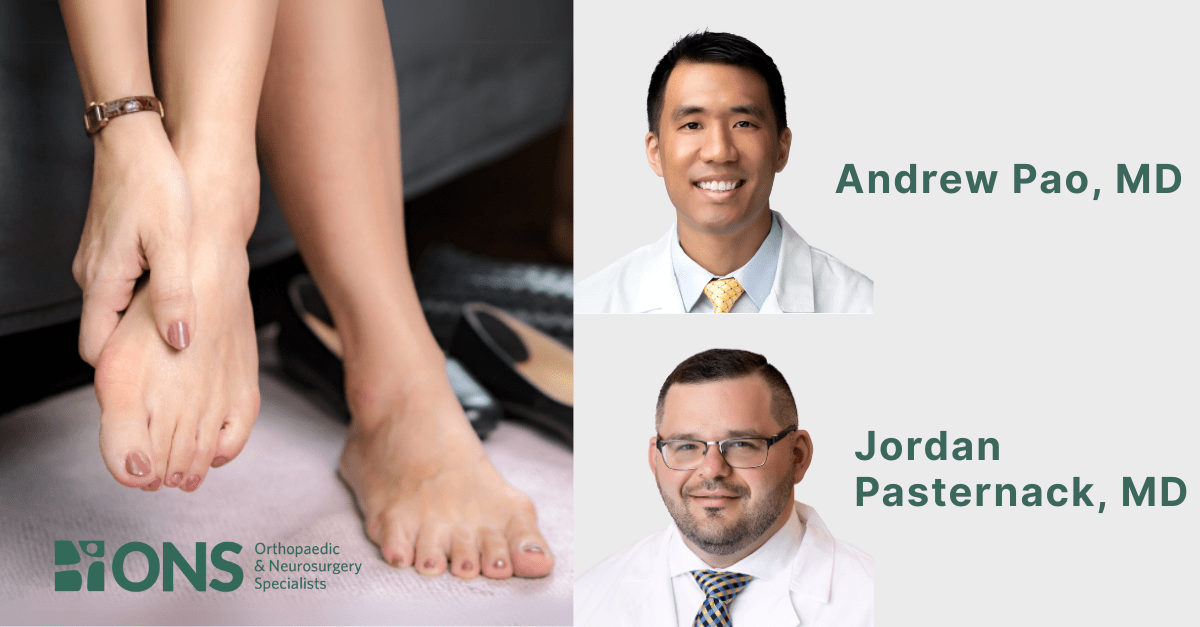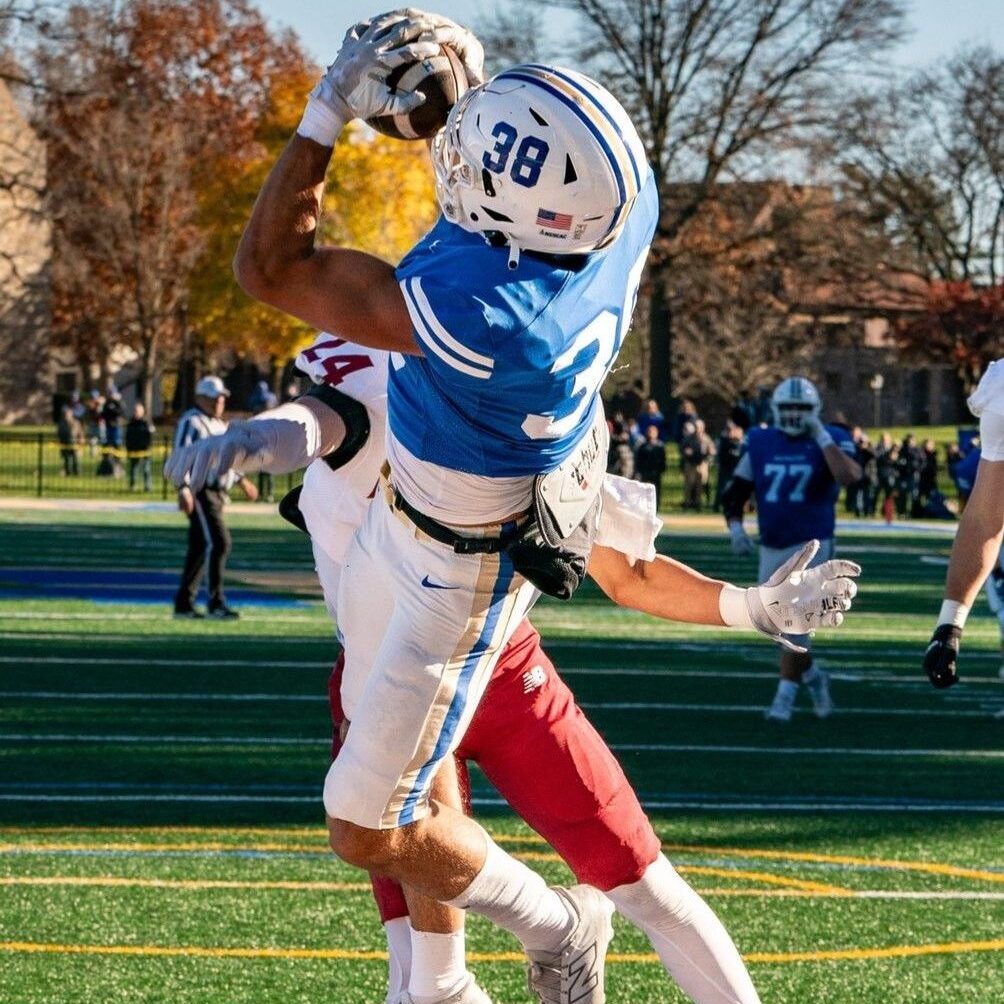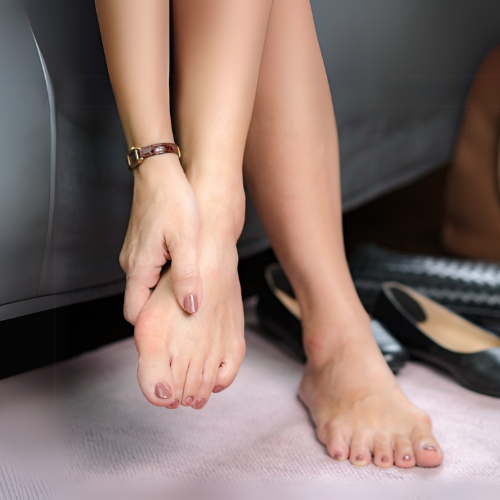by Dr. Andrew Pao and Dr. Jordan Pasternack

Drs. Andrew Pao and Jordan Pasternack, foot and ankle surgeons at ONS, address common questions about bunions. They discuss causes, symptoms, treatment options, and what to expect during recovery from surgery.
Bunions
What is a bunion?
A bunion is an angular deformity of the bone on the inside of the foot, creating a noticeable “bump” on the side of the big toe. The big toe often points toward the other toes. Bunions can be hereditary but are also frequently associated with wearing narrow or ill-fitting footwear.
How do you know if you have a bunion?
In addition to seeing the bump, you may feel pain when wearing shoes or during activity. Bunions often make it uncomfortable to wear narrow shoes and can limit your ability to stay active.
How do you treat bunions?
Conservative treatments include wearing shoes with a wider toe box, using toe spacers, and taking non-steroidal anti-inflammatory medications like ibuprofen. While these methods can relieve discomfort, they may not fully resolve the problem. If pain persists and interferes with daily activities, surgery may be recommended.
What does bunion surgery entail?
There are several surgical techniques to correct a bunion. Newer, minimally invasive procedures use smaller incisions to reduce pain and swelling after surgery, which are more common with traditional techniques that use larger incisions. Surgery involves cutting and realigning the bones to straighten the toe. Typically these cuts are made in the first metatarsal and proximal phalanx bone of the big toe. These procedures typically use metal hardware to hold the bone cuts (osteotomies) in place, and they usually does not need to be removed. Patients should consult with their physician on if they are a candidate for a more minimally invasive option.
What does recovery look like?
You will usually stay off the foot for the first two weeks. After that, you’ll transition to walking in a stiff-soled shoe or boot. As swelling subsides, you can move into a regular shoe. Full recovery generally takes around 4 to 6 months.
About Dr. Andrew Pao
Dr. Andrew Pao is a board-certified, fellowship-trained orthopedic surgeon specializing in foot and ankle care. He treats a wide range of conditions, including arthritis of the foot and ankle, sports and cartilage injuries, trauma and fracture management of the lower extremity, bunions and forefoot pain, adolescent foot and ankle conditions, deformities, and reconstruction or revision surgery. His expertise also includes ankle arthroscopy and deformity correction. Dr. Pao offers minimally invasive surgical options and serves as the foot and ankle consultant for Manhattanville University athletics.
About Dr. Jordan Pasternack
Dr. Jordan Pasternack is a board-eligible, fellowship-trained orthopedic surgeon specializing in the comprehensive care of foot and ankle conditions. He treats everything from arthritis, tendon injuries, and fractures to deformities such as bunions and flatfoot. His approach emphasizes personalized care, offering both non-surgical and surgical treatment options tailored to each patient’s goals and lifestyle.







